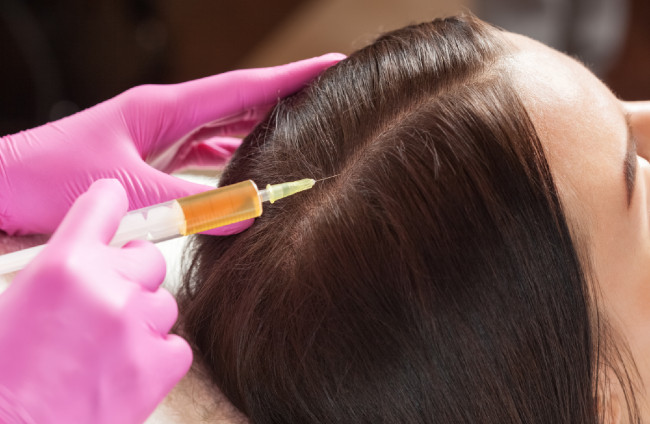Platelet-Rich Plasma (PRP) therapy has gained popularity in recent years for its potential to heal and rejuvenate various parts of the body. From orthopedic conditions to cosmetic procedures, PRP therapy is being used to enhance natural healing processes. But how does it work? Let’s delve into the science behind PRP therapy and understand its mechanisms and applications.
Understanding PRP
PRP stands for Platelet-Rich Plasma, a component of blood that is enriched with platelets. Platelets, also known as thrombocytes, are tiny blood cells that play a crucial role in clotting and healing. They contain growth factors and proteins that are essential for tissue repair and regeneration.
The PRP Therapy Process
- Blood Collection
The first step in PRP therapy is collecting a small sample of the patient’s blood, typically from the arm. This process is similar to a routine blood test.
2. Centrifugation
The collected blood is then placed in a centrifuge, a machine that spins at high speeds. The spinning process separates the blood into its different components based on density. The result is a concentration of platelets in the plasma, known as Platelet-Rich Plasma.
3. Preparation of PRP
Once the blood is separated, the PRP is extracted. This concentrated platelet-rich plasma contains several times the number of platelets found in normal blood. It is now ready to be injected into the area requiring treatment.
4. Injection
The PRP is carefully injected into the targeted area. This could be a joint, tendon, muscle, or even the scalp for hair restoration treatments. The injection delivers a high concentration of growth factors directly to the site of injury or concern, stimulating the body’s natural healing processes.
How PRP Therapy Works
The healing properties of PRP come from the growth factors and proteins it contains. These elements play several roles in the body’s healing processes:
1. Stimulation of Cell Growth
The growth factors in PRP stimulate the proliferation of cells, including fibroblasts and keratinocytes. This is particularly beneficial for skin rejuvenation and hair restoration, as it promotes the growth of new, healthy cells.
2. Enhancing Collagen Production
PRP promotes the production of collagen, a vital protein that provides structure and elasticity to the skin. Increased collagen production helps in reducing wrinkles and improving skin texture.
3. Accelerating Healing
Injuries to tendons, ligaments, and muscles benefit from PRP’s ability to accelerate the healing process. The growth factors attract stem cells to the injury site, enhancing tissue regeneration and repair.
4. Reducing Inflammation
PRP has anti-inflammatory properties, which can help in reducing pain and swelling associated with chronic conditions like osteoarthritis.
Applications of PRP Therapy
1. Hair Restoration
PRP therapy is commonly used to treat hair loss conditions like Androgenetic Alopecia and Alopecia Areata. By injecting PRP into the scalp, it stimulates hair follicles, promoting hair growth and increasing hair density.
2. Skin Rejuvenation
PRP is used in cosmetic procedures to improve skin texture, reduce wrinkles, and enhance overall skin appearance. It is often combined with microneedling to boost its effectiveness.
3. Orthopedic Conditions
Athletes and individuals with musculoskeletal injuries benefit from PRP therapy for conditions such as tendonitis, ligament injuries, and osteoarthritis. It aids in faster recovery and reduces the need for invasive surgeries.
4. Post-Surgical Healing
PRP is sometimes used to promote healing after surgical procedures. It can help reduce recovery time and improve the quality of the repaired tissues.
Conclusion
PRP therapy harnesses the body’s natural healing power to treat a variety of conditions. By concentrating platelets and their growth factors, PRP injections can stimulate healing, reduce inflammation, and promote tissue regeneration. Whether used for hair restoration, skin rejuvenation, or orthopedic conditions, PRP therapy offers a promising and natural approach to healing and rejuvenation. If you’re considering PRP therapy, consult with a qualified healthcare provider to determine if it’s the right treatment for you.






Comments